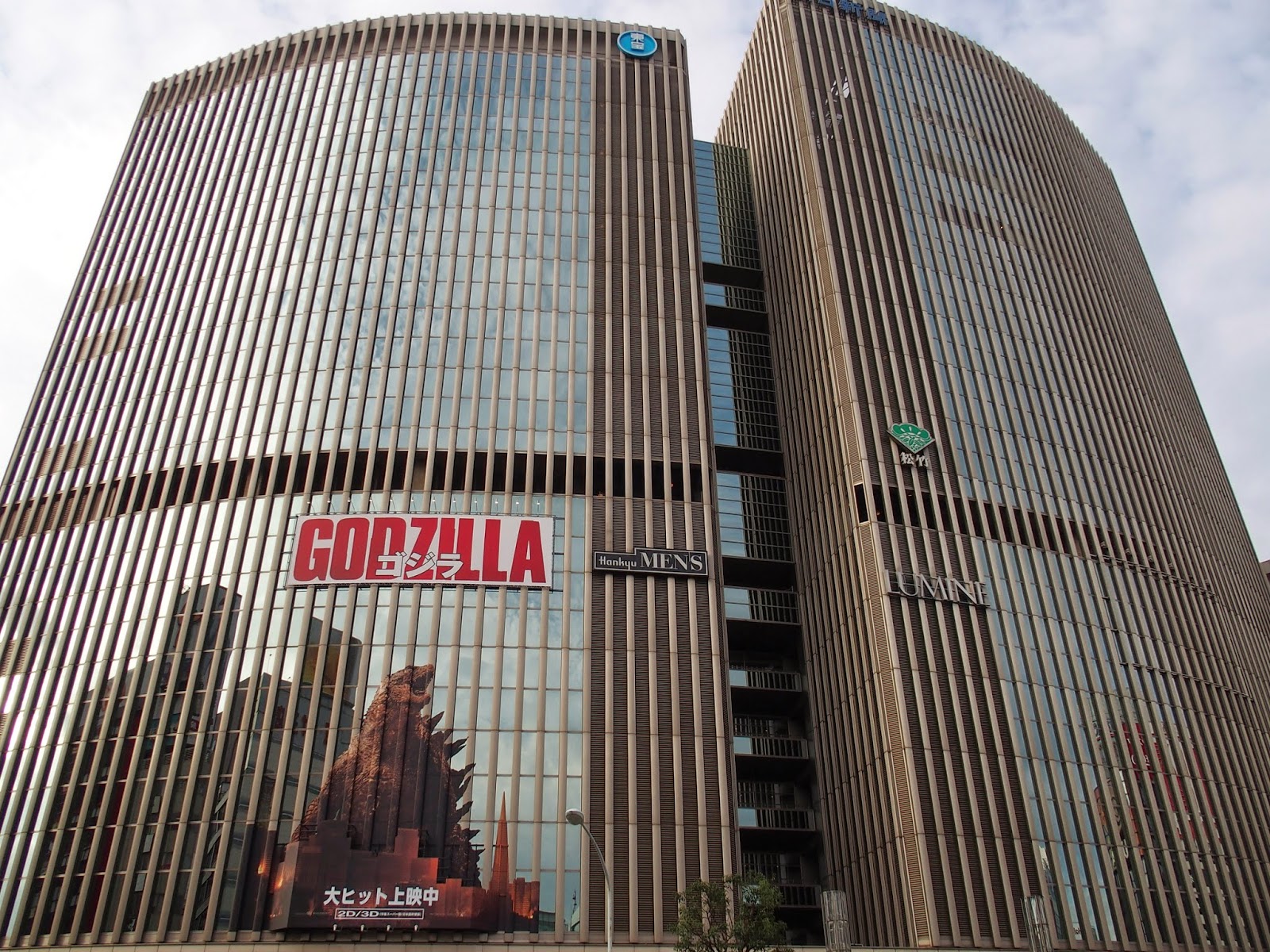I recently had the privilege of watching the third Toho movie the late Nick Adams made for the studio, The Killing Bottle (1967). The fifth and final installment in Toho's International Secret Police series, The Killing Bottle was directed by Senkichi Taniguchi (The Lost World of Sinbad) and stars Tatsuya Mihashi (The Human Vapor), Kumi Mizuno (Monster Zero), and Makoto Sato (Message from Space), Akihiko Hirata (Godzilla), Yoshio Tsuchiya (Battle in Outer Space), and Jun Tazaki (Atragon).
Having aired on cable TV in Japan recently, I was able to see the film for the first time, and I'd like to offer a few initial thoughts. Here goes.
According to Toho's English-language sales materials, the Prime Minister of Buddhabal (Jun Tazaki) is the target of an assassination by the underworld organization ZZZ, who have already offed an International Secret Police (ISP) agent investigating the ring. Their weapon of choice: the killing bottle! Once opened, the killing bottle dispenses a shaving cream-like substance that overwhelms its victims until they've expired.
Can ISP agents John Carter (Nick Adams) and Kitami (Tatsuya Mihashi) work together, in tandem with the somewhat mysterious Lady X (Kumi Mizuno), to keep the Prime Minister alive? If all this sounds rather serious, then I've probably stuck to the official Toho synopses I've read a little too closely. For the most part, The Killing Bottle is a goofy spy thriller that seems to parody James Bond more than imitate him. Though there are moments of seriousness, they seem out of place in a movie that's mostly all about having fun.
I mean, just look at Jun Tazaki! Doesn't he look like he's having the greatest time in the world? It's amazing that any organization would want to take down
this leader. Who wouldn't want this guy in charge? Tazaki's Prime Minister can be seen riding the teacups (!), operating a motorboat, and having a blast on a roller coaster -- all while the nefarious members of ZZZ try to eliminate him.
For the most part,
The Killing Bottle is an amusing entertainment, but Taniguchi's direction sometimes lets the film drag, and some of the killing scenes are handled a little too darkly for the less-than-serious subject matter. The movie seems to forget its generally silly tone during some of the sequences involving agent John Carter and Ken Hayata (Makoto Sato) which seem like they belong in an entirely different movie.
Despite these criticisms, I think
The Killing Bottle is overall a good film and worth checking out. I would love to see it subtitled sometime, but the film's action is broad enough that subtitles are not all that necessary for a non-Japanese to enjoy it.







































